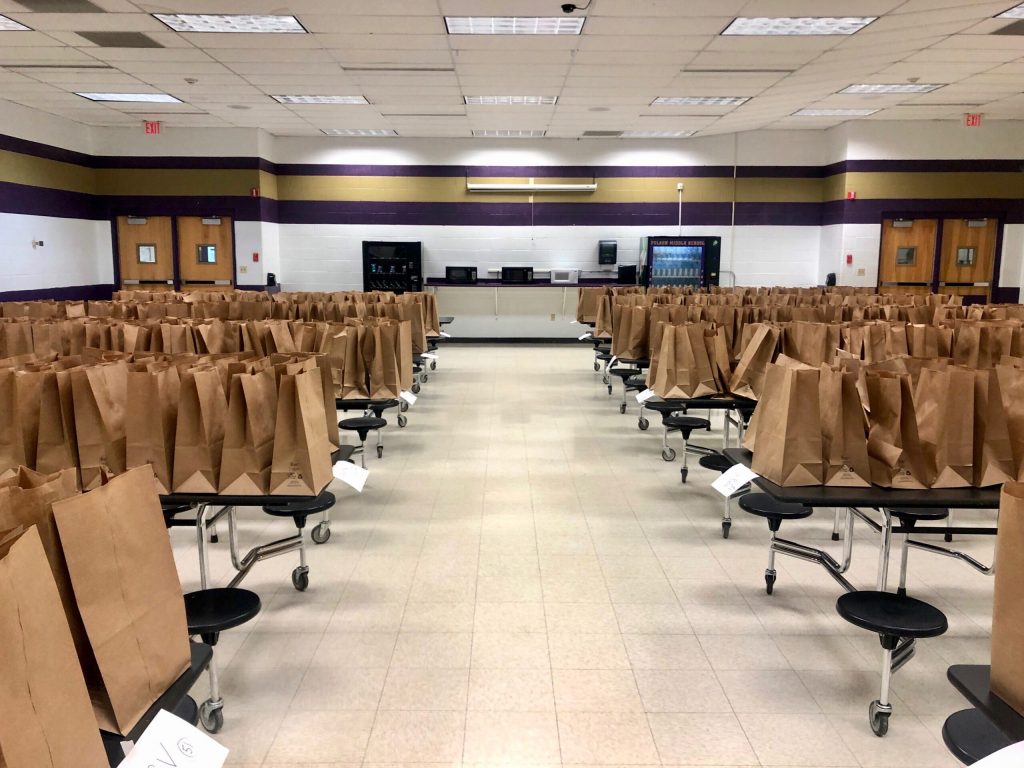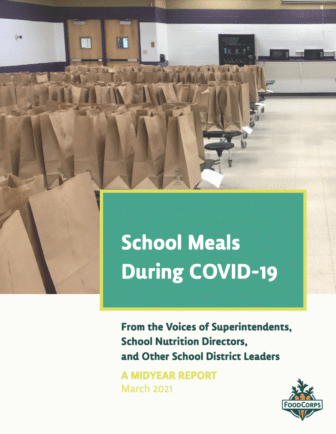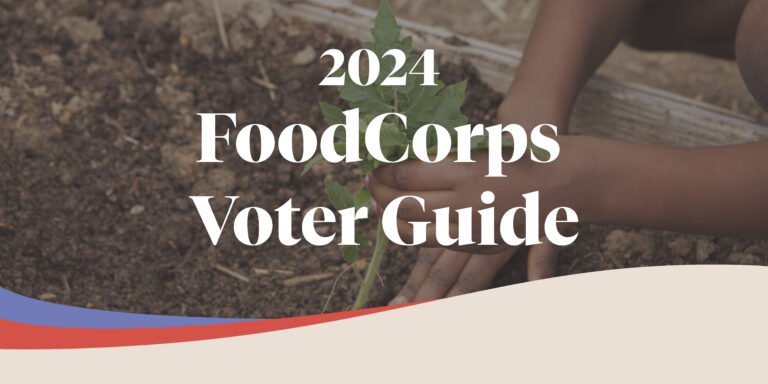Report: How Schools Have Worked Together to Feed Kids During COVID-19
We wanted to learn how school communities are keeping kids fed during these challenging times. Here are the mid-year findings.
We wanted to learn how school communities are keeping kids fed during these challenging times. Here are the mid-year findings.

 When the COVID-19 pandemic hit, schools — including school nutrition programs — had to regroup fast. Millions of students rely on schools for their daily meals, a reality that didn’t change because of the pandemic.
When the COVID-19 pandemic hit, schools — including school nutrition programs — had to regroup fast. Millions of students rely on schools for their daily meals, a reality that didn’t change because of the pandemic.
We know when school nutrition and education leaders align around the importance of school meals, students benefit. COVID-19 created a unique opportunity for this collaboration among district leaders to put the important task of nourishing students front and center. That’s why, last fall, FoodCorps launched a research project to learn about how school communities are working together to keep kids fed during these challenging times.
This yearlong project aims to understand how K-12 school district-level administrators and school nutrition operators are collaborating, thinking about meal programs, and providing school meals during the COVID-19 pandemic.
“The most important thing, throughout this experience, is having a seat at the table and a voice in the room when we’re trying to figure out what to do. The key is not to redo things five to six times; the key is to have a seat at the table. You have to get loud and have your voice heard.” —Director of Nutrition Services
Now, we’re excited to share School Meals During COVID-19: A Midyear Report, a report providing insights from the conversations held in the fall and winter. Later this year, we will publish a report including a synthesis of the 70-80 conversations held during the 2020-2021 school year, as well as key insights learned during the process.
The report shares findings from 36 interviews conducted from November 2020 through January 2021 with superintendents, school nutrition directors, and other district leaders. These leaders span a diverse profile of 19 U.S. school districts in 16 states.
Respondents shared what’s been working well during the pandemic as well as the challenges they faced, from creative teamwork in providing meals to changing regulations, budgets, and participation rates.
For example, for many communities, the pandemic has underscored the important role schools play as both nutrition providers and community hubs. It has created more recognition of the role schools play in addressing hunger, with school food filling a need some didn’t even know existed. Some school leaders commented that, at times during this crisis, they have had to forget about finances and budget and just feed kids and families.
“What jumps out to us is that we serve really high-quality meals that are wanted. We started with, ‘What does our customer want?’ and built that.” —Superintendent
We believe these conversations make it abundantly clear that nutrition services staff and district administration leaders have been utterly heroic in how they have adjusted and responded to the needs of their districts and the communities they serve. With grit and grace, they have put their lives on the line and have rallied their site teams and school colleagues to join them, all rolling up their sleeves in service of providing healthy school meals to students and families.
We’re deeply grateful to superintendents, school nutrition directors, and other district leaders who have taken the time to speak candidly with us during this challenging and incredibly busy time, and we hope our broader communities can learn from their insights and experiences.

FoodCorps School Nutrition Program Guide

Our 2024 FoodCorps Voter Guide

School Nutrition Appreciation Cards